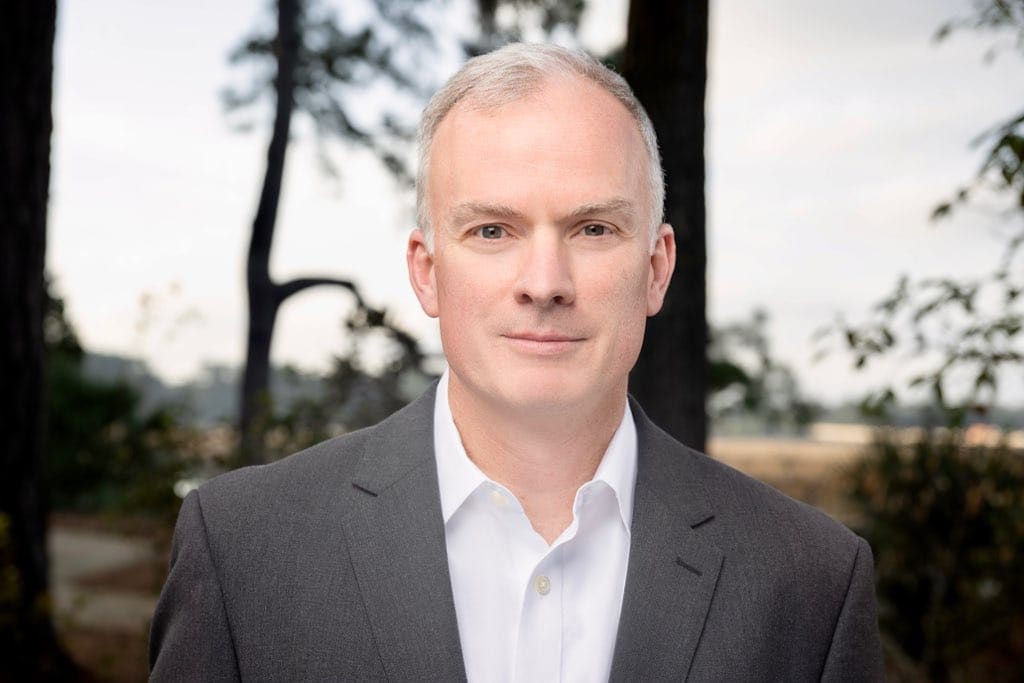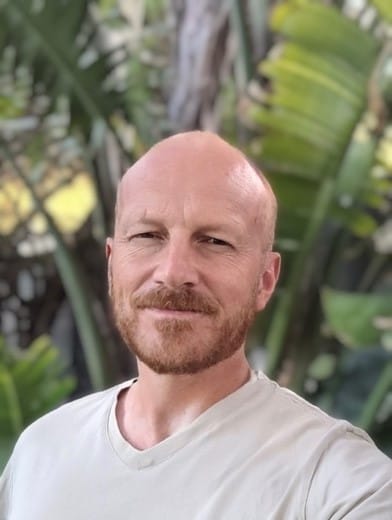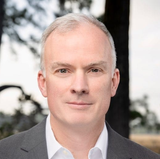Bridging the Digital Divide: A Path to Universal Broadband Access
Low-income communities are only marginally less likely to have access to high-speed broadband compared to their wealthier counterparts.

In today's interconnected society, high-speed Internet is not a luxury but a necessity. As advocates for digital equity, we've scrutinized the current state of broadband availability across the United States, focusing on socio-economic disparities and technological reach.
Our findings, distilled from extensive data analysis, shed light on the path to achieving Internet for all—a goal more attainable than ever, thanks to recent legislative strides and technological advancements.
See the Special NCTA-Broadband Breakfast Live Online In-person Event and Lunch on Wednesday, April 10, at 11 a.m. ET:

In late 2023, the Federal Communications Commission enacted the Digital Discrimination Order, a groundbreaking step initiated by the bipartisan Infrastructure Investment and Jobs Act of 2021. This Order mandates an equitable approach to broadband deployment, prohibiting discrimination based on income, race, ethnicity, and other factors.
Reflecting this policy priority, our analysis explores existing availability of different broadband technologies across diverse American communities, considering income levels, racial and ethnic backgrounds, and urban versus rural landscapes.
To read the full report, please visit the Vernonburg Group:
Contrary to common perception, our research reveals that disparities in broadband access due to socioeconomic status are narrowing. While there is still work to do in the highest poverty areas, low-income communities are only marginally less likely to have access to high-speed broadband compared to their wealthier counterparts. This positive trend is a testament to the combined efforts of policymakers, Internet service providers, and federal funding programs aimed at closing the digital divide.
Racial and ethnic disparities in broadband access present a more nuanced picture. While Native American communities face significant challenges in accessing broadband, other minority groups often have equal or better access than majority White communities, especially in urban areas. These findings highlight the complex interplay between race, income, and geography in shaping broadband availability.
Rurality emerged as a key factor influencing broadband availability. Rural communities overall have lower access to broadband compared to their urban and suburban counterparts. However, the gap for Native Americans persists in both rural and urban settings, highlighting the unique challenges faced by this population in achieving digital equity.

Rural areas face inherent disadvantages due to the higher costs and lower returns associated with deploying infrastructure in sparsely populated areas. However, emerging technologies and targeted investments hold promise for bridging this gap, offering new hope for rural communities long left on the sidelines of the digital revolution.
Additionally, data reveals significant differences in the availability of different broadband technologies. Cable broadband access is widespread, and service is generally made available ubiquitously across a provider’s territory. Meanwhile, fiber broadband appears much more selectively available, and fiber broadband providers appear more likely to avoid deploying to low-income communities relative to wealthier counterparts.
Competition among ISPs emerges as a critical factor in enhancing broadband access and quality. Our analysis indicates that competition is less about racial or income disparities and more about geography. Urban areas, regardless of their demographic makeup, enjoy a higher degree of ISP competition than rural ones. This competition drives innovation, improves service quality, and reduces costs for consumers, underscoring the importance of fostering a competitive market as we strive for digital equity.
As we reflect on our findings, several key recommendations emerge for policymakers, ISPs, and community leaders.
Key findings emerge emerge on availability of broadband
First, continued investment in broadband infrastructure, especially in rural and Native American communities, is crucial. These investments should prioritize technologies that offer both immediate improvements and long-term sustainability.
Second, fostering competition in the broadband market requires innovative regulatory approaches that encourage new entrants and prevent monopolistic practices.
Finally, it’s important to note that despite national trends, there are differences in the outcomes of individual communities. As such, future efforts should study differences in broadband availability among communities with similar socio-economic, racial, and geographic characteristics, and leverage detailed, localized data to identify and address specific gaps in broadband access.
The path to universal broadband access is complex, marked by varying challenges across different communities. Importantly, our research has focused exclusively on broadband availability, not on the adoption of broadband by households once it is made available. This is an equally important area of policy, and extensive existing scholarship has noted differences in broadband adoption among different marginalized groups, including low-income populations and racial/ethnic minority communities.

However, our analysis offers a beacon of hope, showing significant progress toward digital equity. By continuing to prioritize investment, foster competition, and refine our strategies based on comprehensive data, we can ensure that high-speed Internet access becomes a universal reality, unlocking untapped potential across the nation.
Achieving Internet for all is not merely a technical challenge but a societal commitment to equity and inclusion. As we stand at the crossroads of digital transformation, let us choose the path that leads to a more connected, empowered, and equitable future for all Americans.



Paul Garnett, Alex Jeffery, David Johnson
A tireless digital equity advocate, Paul Garnett has over 25 years of experience in the domestic and international telecommunications and technology sectors. Paul is Founder and CEO of Vernonburg Group, a consulting firm based in Savannah, Georgia, USA that works with large and small corporate, international organization, and government clients to close the global broadband gap, with a focus on policy and regulation, market research and risk assessment, access to financing, broadband mapping and economic modeling, digital equity policies and programming, and large-scale broadband project feasibilities.
Alex Jeffery serves as Senior Public Policy Manager at Vernonburg Group, where he supports business development activities, develops policy and advocacy materials on broadband policy issues, and leads external and stakeholder engagement efforts for clients including governments, non-profits and corporations. Alex has over seven years of professional experience, including five years advocating on technology and telecommunications policy issues and the digital divide.
David Johnson has 18 years of professional experience carrying out research and deploying technologies with the potential to provide access to poorly connected regions or areas lacking affordable Internet access. David leads Vernonburg Group’s work on broadband data analysis and visualization, economic modelling, and market research. He built Vernonburg Group’s Digital Equity Map to explore potential linkages between various demographics and lack of broadband access and adoption in the U.S., and led the design of Vernonburg Group’s Broadband Funding Optimization Tool to help U.S. state and territorial broadband offices explore the optimal mix of fiber, fixed wireless, and satellite technologies based on local conditions and available funding.
Broadband Breakfast accepts commentary from informed observers of the broadband scene. Please send pieces to commentary@breakfast.media. The views expressed in Expert Opinion pieces do not necessarily reflect the views of Broadband Breakfast and Breakfast Media LLC.
This Expert Opinion is exclusive to Broadband Breakfast. To read the full report, please visit the Vernonburg Group:












